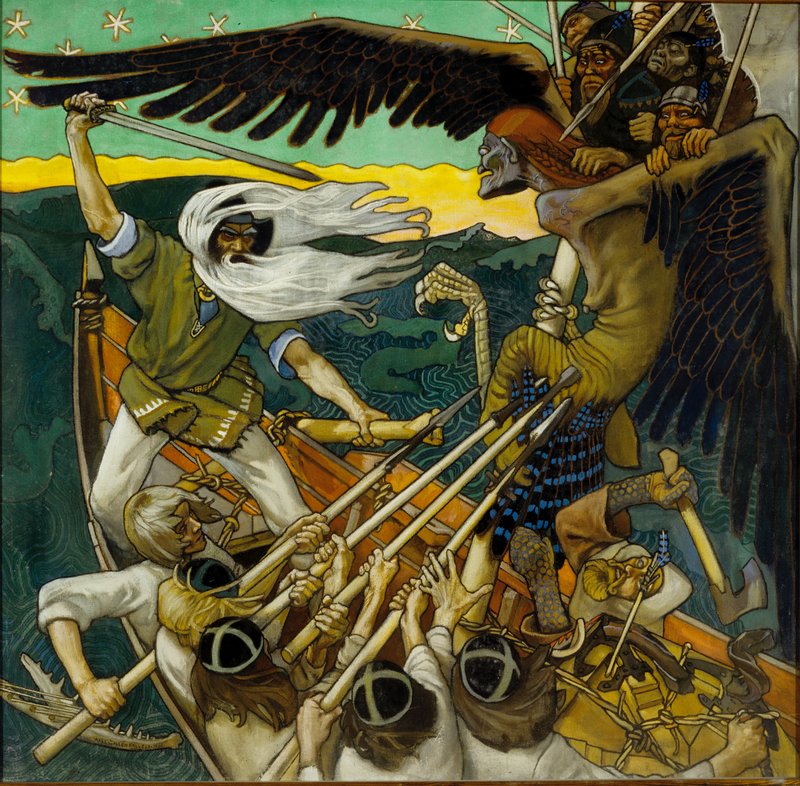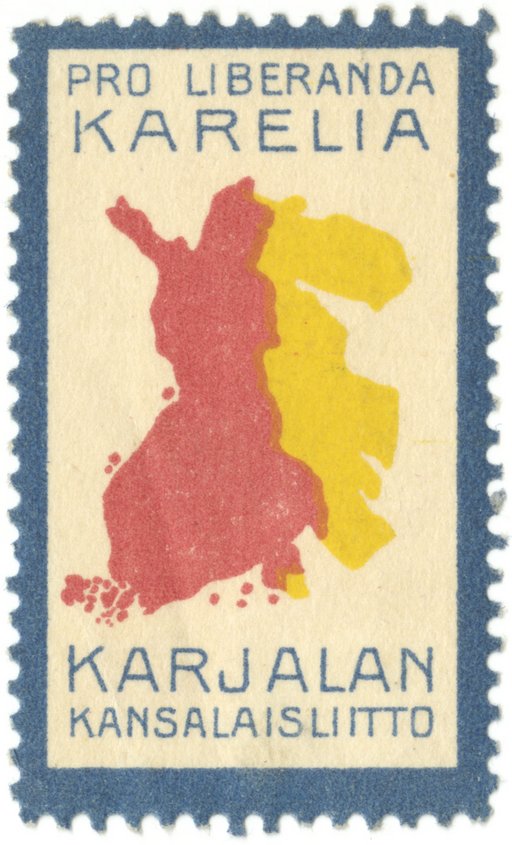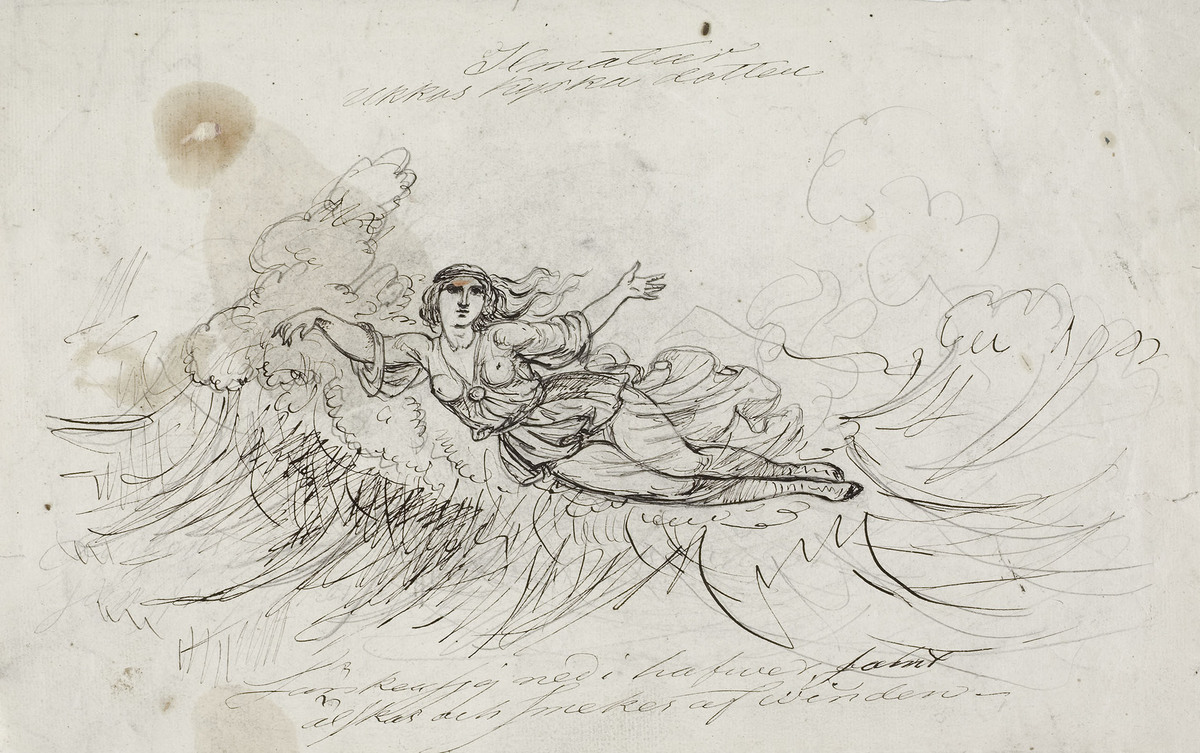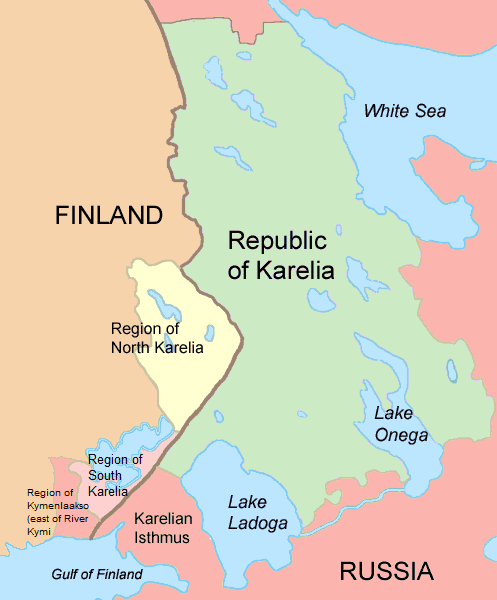The Different Meanings of the Kalevala
An overview of perspectives on the epic poem.
Summary: The Kalevala is a national epic created by Elias Lönnrot based upon Finnish mythology and oral folk poetry from Karelia. There have been different printed versions and the term can also refer to Finnish or Karelian oral tradition and mythology more widely. Kalevala is a symbol of Finland’s struggle for independence in the nineteenth century and continues to unite Finns, not least on ‘flag-flying day’ (liputuspäivä) on 28th February. At the same time, Kalevala is closely related to the identity and culture of the region of Karelia, parts of which are now in Russia, and debates continue to flourish about its content and meaning in contemporary society.
The influence of Kalevala
The Kalevala has inspired Finnish artists, musicians and writers whose work is renowned globally, including Aleksis Kivi, Eino Leino, Akseli Gallén-Kallela, Väino Aaltonen and Jean Sibelius, to name a few. More contemporary examples include the children’s book by Mauri Kunnas, Koirien Kalevala (Kalevala of dogs); the album Kalevala Elävänä tai Kuolleena (Kalevala alive or dead) by Juha Hurme and Tuomari Nurmio; and the song Vihaan Kalevalaa (I hate the Kalevala) by Ismo Alanko.
The Kalevala has also had a global influence, heavily inspiring J. R. Tolkien’s Lord of the Rings and its elfish language, and Henry Wadsworth Longfellow’s The Song of Hiawatha. There is even a claim that William Shakespeare’s took inspiration from an early Karelian song for Hamlet. It has also made a political and cultural impression in some African countries, which is particularly significant in regions where oral epics can still be found. The Tanzanian academic Mugyabuso M. Mulokozi wrote in 1992 that the publication of the Kiswahili translation of the Kalevala was “a major literary event for Africa.”
While few would deny the historical importance of the Kalevala, it is also at the centre of a number of contemporary debates. There remains a continuing and important discussion in Finland regarding the extent to which the Kalevala was appropriated from the Karelians, incorporating their cultural traditions as Finland’s own. Another source of on-going debate is that, while Elias Lönnrot, the philologist who first published the Kalevala in 1835, insisted that the Kalevela was a collection which he had simply recorded, he undoubtedly had creative influence on the tales.
More recently, and in line with the #MeToo campaign in Finland and internationally, questions have also been raised around the ideals espoused in the Kalevala. For example, Akseli Gallen-Kallela was an artist who pioneered Finnish national art and he illustrated the early versions of the Kalevala. One of his most famous pieces, Aino Myth (a triptych completed in 1891), depicts female nudity and sexual harassment and some commentators have questioned the decision to display it at Ateneum (part of the Finnish National Gallery). Others have seen the artwork and its display as a way of working through cultural trauma; if history is not displayed for contemporary reasons, they argue, critical voices could not arise. Whatever your view, the Kalevala continues to have important significance in contemporary society.
What is the Kalevala?
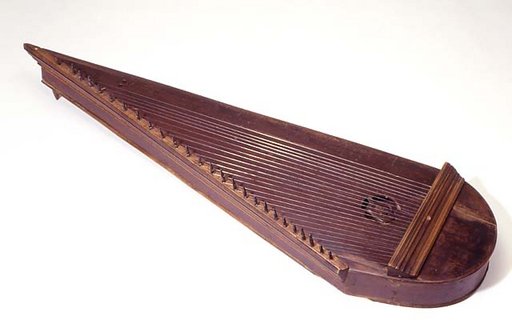
The Kalevala is a piece of literature created by Elias Lönnrot based upon Finnish-Karelian mythology and oral folk poetry from the region of Karelia (a region to the south east of Finland, which now stretches over both Finnish Karelia and Russian Karelia). Elias Lönnrot was a philologist from Sammatti in southern Finland, and he recognised the importance of developing written Finnish. He made numerous trips to Karelia to collect verses and poems.
The Kalevala was published in 1835 during a period of national romanticism across much of Europe. Publication was timely in that the book could serve as an expression of national culture and fuel political motives for independence. For many Finns, the Kalevala represents the first blossoming of their own culture as an independent nation and is an important national symbol. However, despite being used in the construction of Finnishness, it is in fact based on the Karelian language and culture, begging the question: Whose cultural heritage does the epic actually represent?
Finland is a very young nation. It was part of the Swedish empire from the twelfth century until 1809 when it became an autonomous Grand Duchy under Russia from 1809 until 1917. From as early as the 1300s, traditional beliefs and stories were restrained under the dominance of Catholicism and later Lutheranism, but it is likely that oral poetry was able to endure in more remote areas, like Karelia.
While people often talk about the Kalevala as one publication, there were in fact five different versions published originally:
- the Sikermä Kalevala (the Proto Kalevala),
- the Alku-Kalevala (the Pre-Kalevala),
- the Old Kalevala (also known as the Land of Heroes, and the edition Lönnrot signed in 1835),
- the New Kalevala (Lönnrot’s most individual piece of work, as opposed to a raw transcript of oral songs), and,
- the School Kalevala (the abridged version, published in 1862).
Some also interpret the term Kalevala as embracing Finnish and/or Karelian oral tradition and mythology more widely, given that it existed prior to these publications.
Reclaiming the Finnish language
At the beginning of the nineteenth century, Swedish had been the dominant language of the old empire for centuries and remained the language of government, literature and high status in Finland. Finnish was spoken only in private homes or in more rural areas, such as Karelia. Prior to the establishment of the Finnish written language in the mid-nineteenth century, tradition and folklore was often transferred within regions in the form of folk songs or runolaulu (rune singing). The traditional Karelian, Finnish and Ingrian rune singers have been highly respected throughout history and they would often travel the country to share their stories. Many folk poems were also sung casually as a part of day-to-day routines.
It was the publication of the Kalevala that helped to prevent the extinction of these tales that were so crucial to the continuation of medieval traditions in the area. It helped bring forward the creation of a shared Finnish culture and language amidst Swedish rule, and this was against the backdrop of larger socio-political and cultural transformations in the Grand Duchy of Finland, such as the Fennoman movement.
Kalevala Day, 28th February
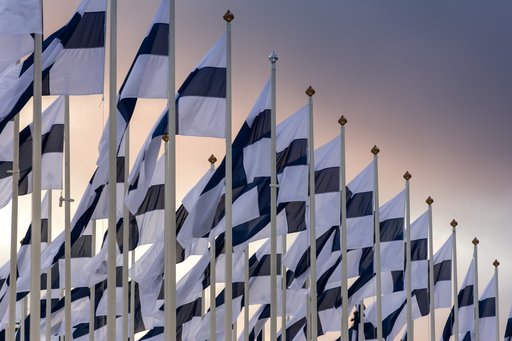
On 28th February 1835, Elias Lönnrot signed the first completed preface of the newly published Old Kalevala. Exactly 30 years later in 1865, students belonging to an organisation called the Savonian-Karelian nation at the University of Helsinki (then called the Imperial Alexander University) held a celebration to mark the date. In 1950, the date became an unofficial flag day. 113 years after the first celebrations, in 1978, the day was officially declared day of the Finnish culture by governmental decree. So, not only has the Kalevala become recognised as the national epic of Finland, but it is firmly embedded in the Finnish imagination through the annual celebrations of Kalevala Day, also referred to as ‘flag-flying day’ (liputuspäivä).
New approaches to historical literature and art help us to understand contemporary society.
This article is published in a response to readers’ interest in Finnish cultural heritage.
Further reading:
- Lauri Honko, ‘Text as process and practice: the textualization of oral epics’. In Textualization of Oral Epics (Berlin, New York, Mouton de Gruyter, 2000a) pp. 3–54.
- Lauri Honko, ‘The Kalevala: The Processual View’. In Religion, Myth and Folklore in the World's Epics: The Kalevala and Its Predecessors (Berlin, New York, Mouton de Gruyter, 1990) pp. 181–229.
- Lotte Tarkka, Eila Stepanova, Heidi Haapoja-Mäkelä, ‘The Kalevala’s Languages: Receptions, Myths, and Ideologies’, Journal of Finnish studies 21, 1 & 2 (2018).
- Pertti Juhani Anttonen, ‘Oral Traditions and the Making of the Finnish Nation’. In Timothy Baycroft and David Hopkin (eds.), Folklore and Nationalism in Europe During the Long Nineteenth Century (Leiden & Boston: Brill, 2012), pp. 325–350.
- Urpo Vento, ‘The Role of the Kalevala in Finnish Culture and Politics’, Nordic Journal of African Studies (Finnish Literature Society, 1992).
Links:
- Avoin Kalevala (Open Kalevala), a digital, critical project of the Kalevala that unpacks the creation, oral poem sources, language, ideals of the Kalevala.
- Bart Pushaw and Sini Mononen, ‘Aino Myth, #MeToo, and Reframing the Representation of Violence’, mustekala (2018).
- BBC Radio Programme with Nick Hennessey, The Kalevala: Finland’s National Epic (December 2009, BBC: BBC Radio 4)
- Ismo Alanko’s song Vihaan Kalevalaa
- Kalevala Society’s Website
- The Finnish Literature Society
